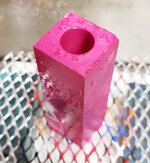qquake
Member
This blank is called Fractured Fuchsia from Bear Tooth Woods. It's more than translucent, it's actually see-through in places. So I sanded the inside with my patented sandpaper-on-a-stick, then painted and colored the epoxy. I wasn't taking any chances. It ended up very pretty after polishing, but can anyone tell me what the "wrinkles" are? I've seen them before in blanks, but have no idea what causes them.
Attachments
-
 003.jpg134.5 KB · Views: 275
003.jpg134.5 KB · Views: 275 -
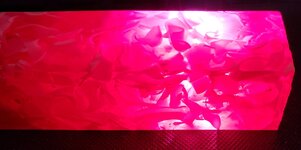 008.jpg161.9 KB · Views: 260
008.jpg161.9 KB · Views: 260 -
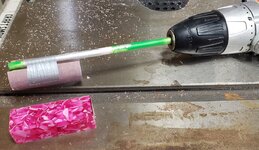 020.jpg474.1 KB · Views: 257
020.jpg474.1 KB · Views: 257 -
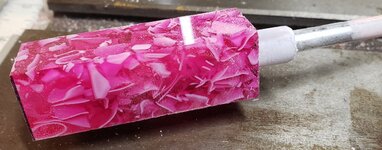 021.jpg276.4 KB · Views: 238
021.jpg276.4 KB · Views: 238 -
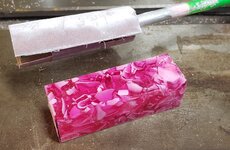 022.jpg405.2 KB · Views: 251
022.jpg405.2 KB · Views: 251 -
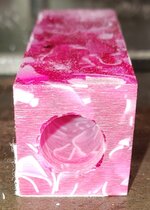 023.jpg328.8 KB · Views: 260
023.jpg328.8 KB · Views: 260 -
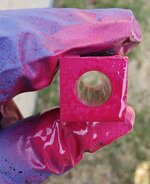 024.jpg385.8 KB · Views: 256
024.jpg385.8 KB · Views: 256 -
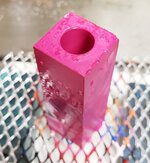 026.jpg302.9 KB · Views: 281
026.jpg302.9 KB · Views: 281 -
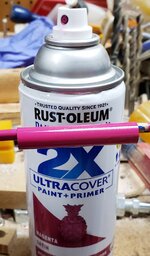 028.jpg211.1 KB · Views: 241
028.jpg211.1 KB · Views: 241 -
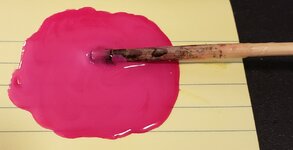 031.jpg157.7 KB · Views: 261
031.jpg157.7 KB · Views: 261 -
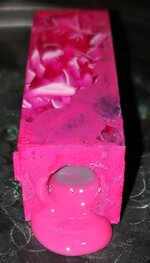 033.jpg222.4 KB · Views: 266
033.jpg222.4 KB · Views: 266 -
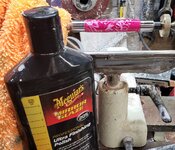 056_205.jpg562.8 KB · Views: 298
056_205.jpg562.8 KB · Views: 298 -
 057_205.jpg118.6 KB · Views: 265
057_205.jpg118.6 KB · Views: 265 -
 058_205.jpg120.4 KB · Views: 264
058_205.jpg120.4 KB · Views: 264 -
 059_205.jpg128.5 KB · Views: 277
059_205.jpg128.5 KB · Views: 277 -
 060_wrinkles.jpg136.2 KB · Views: 335
060_wrinkles.jpg136.2 KB · Views: 335

